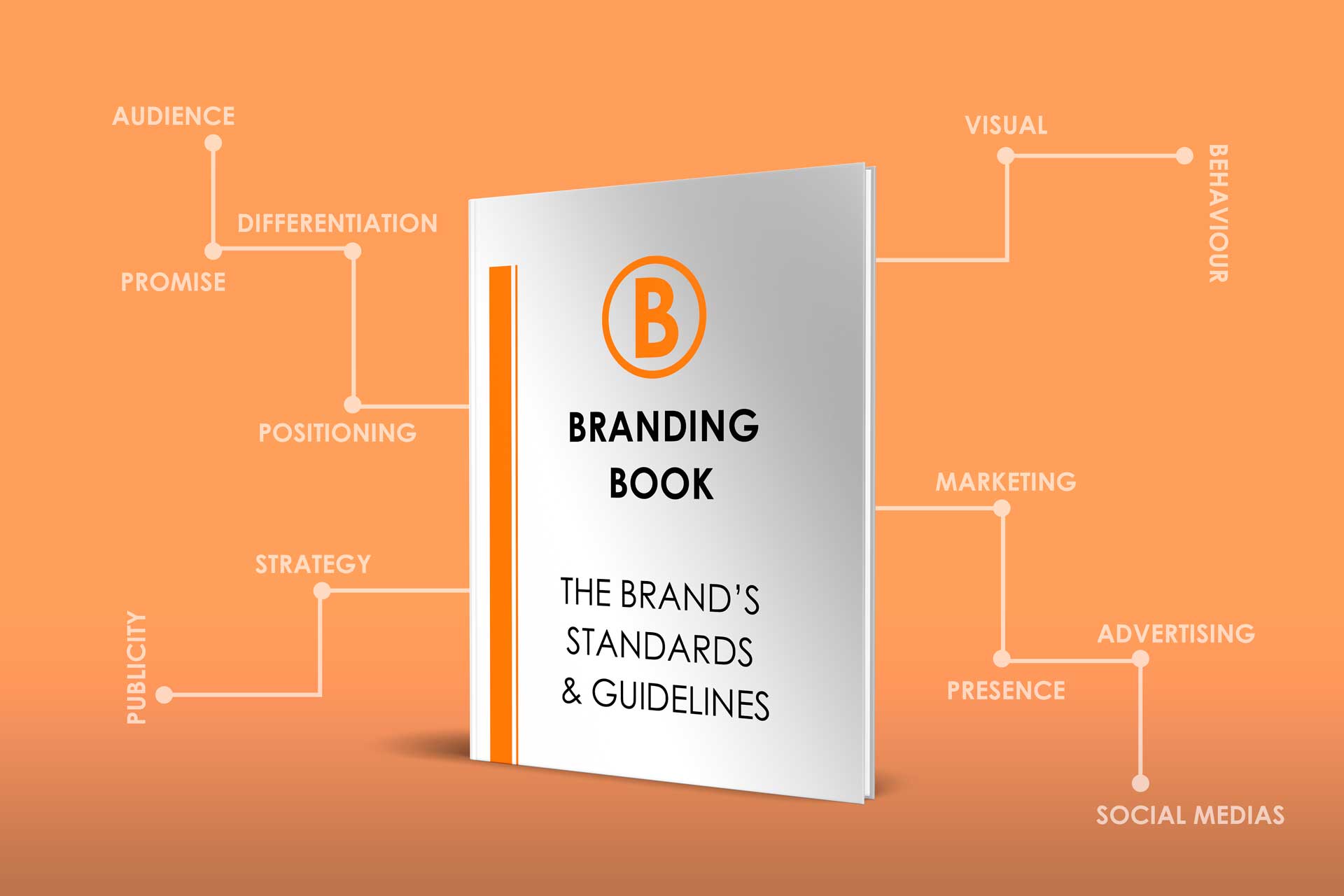What are the 5 key points of the branding standards you should know about?
1. What are brand standards and why are they important
2. How to develop effective brand standards
3. The benefits of having brand standards
4. How to implement brand standards in your business
5. Tips for maintaining brand standards over time
In today's competitive business landscape, having a strong brand is crucial to standing out and attracting customers. And one key aspect of building a successful brand is adherence to branding standards.
Brand standards refer to the specific guidelines and elements that make up a brand, including its logo, colour palette, typography, messaging, and tone of voice. Adhering to these standards helps maintain consistency in all marketing materials and communications, giving the brand a cohesive and professional appearance.
But the importance of branding standards goes beyond just presenting a polished image. These guidelines help ensure that all team members and stakeholders are on the same page about the brand's identity, thereby improving internal communication and productivity. It also helps streamline the process for external partners or vendors when creating branded materials.
And perhaps most importantly, consistent branding helps reinforce the brand message and positioning in customers' minds, leading to increased recognition and loyalty.
Every business needs a branding book to maintain and distribute its branding consistently. The branding book is an all-encompassing guide to effective brand marketing. When executing a branding strategy, there are myriad considerations, and this comprehensive volume helps business owners and marketers avoid common pitfalls. It also outlines best practices for creating a unique brand identity that will resonate with customers. Whether you're planning to launch a new business or revamp an existing one, Brand Standards and Guidelines in Branding can serve as your definitive resource for successful branding.
To create a successful brand, you first must understand what goes into it. The branding book outlines the essential branding elements and provides straightforward guidance on how to apply them. This document often includes the detailed information you need to produce a cohesive, compelling brand image, from developing a brand strategy to creating recognisable visuals.
So whether you're just starting with your branding efforts or looking to refresh your existing guidelines, take some time to establish clear branding standards for your business. Your brand (and bottom line) will thank you.

5 key points of branding standards

1. Brand standards are a set of guidelines that dictate how a brand should be represented visually and verbally. This is one of the main components in every branding book. This document contains all the information about the brand, its visual presence, and how to use it. It includes elements such as logo placement, colour palette, typography choices, tone of voice, and imagery. All the graphic elements are listed inside, and detail explained with guidelines for how to use them.

2. Developing effective brand standards involves research and understanding the target audience and clear communication with all team members executing the brand guidelines. Creating or targeting a specific audience is also part of the branding process. It also requires standards, and most often, it goes in two directions:
-Search for a particular group. It can be divided by geography, demography, psychography and behaviours.
-Avoiding a particular group. Every business deserves an audience that appreciates it. There is nothing wrong if that business declines customers outside that target audience. Let's take, for example, the brand Ferrari. Everyone may want a model, but not everyone can have one. It is not only determined by the high price of the cars, but it is also a brand choice to sell its automobiles only to people with influence and rank. An interesting fact is that Ferrari calls its follower Tifosi - the word refers to the supporters of Scuderia Ferrari in Formula One

3. Having brand standards in place helps to create consistency in all marketing materials and communications, which builds customer trust and recognition. Often that also takes part in the branding book as Brand Communications. It sets the standards of brand communications, including tone of voice and brand personality. In other words, how the brand is verbally and written presented.

4. Implementing brand standards can be as simple as creating a style guide or training team members on proper usage. It also regularly audits branding materials to ensure they align with the guidelines. Branding goes far beyond its graphic/visual side. It can evolve in any specific area of the business. That also includes any training programs and team builds. The inner side of the company is as important as its external. Good teams and happy employees are the best brand advocacy. They are the first to protect and advertise the brand. Also, the employees must know how to present the brand and what impression is desired in customer interaction. Setting specific standards in the training programs keeps the brand consistent.

5. Maintaining brand standards over time may require periodic updates to stay current and relevant. It's important to involve stakeholders in any changes to the brand guidelines to ensure buy-in and adherence from all team members.
In today's digital age, the way a brand presents itself has never been more critical. Brand standards, or guidelines for how a brand should appear visually, serve as the foundation for consistency and cohesiveness in all of a company's messaging and materials.Having strong brand standards helps you maintain control of your public image, appeal to customers, and make it easier for employees to do their jobs. Creating brand standards can seem like a daunting task, but it doesn't have to be. Start by thinking about what makes your business unique and what kind of message you want to communicate to the world. From there, you can develop guidelines that will help ensure your branding is consistent across all channels. Finally, put processes in place to ensure everyone in your organisation follows the standards and remains up-to-date over time. By taking these steps, you'll be on your way to protecting and growing your brand for years to come.
Stay true to your brand and follow its heart
Metaka Mfm

